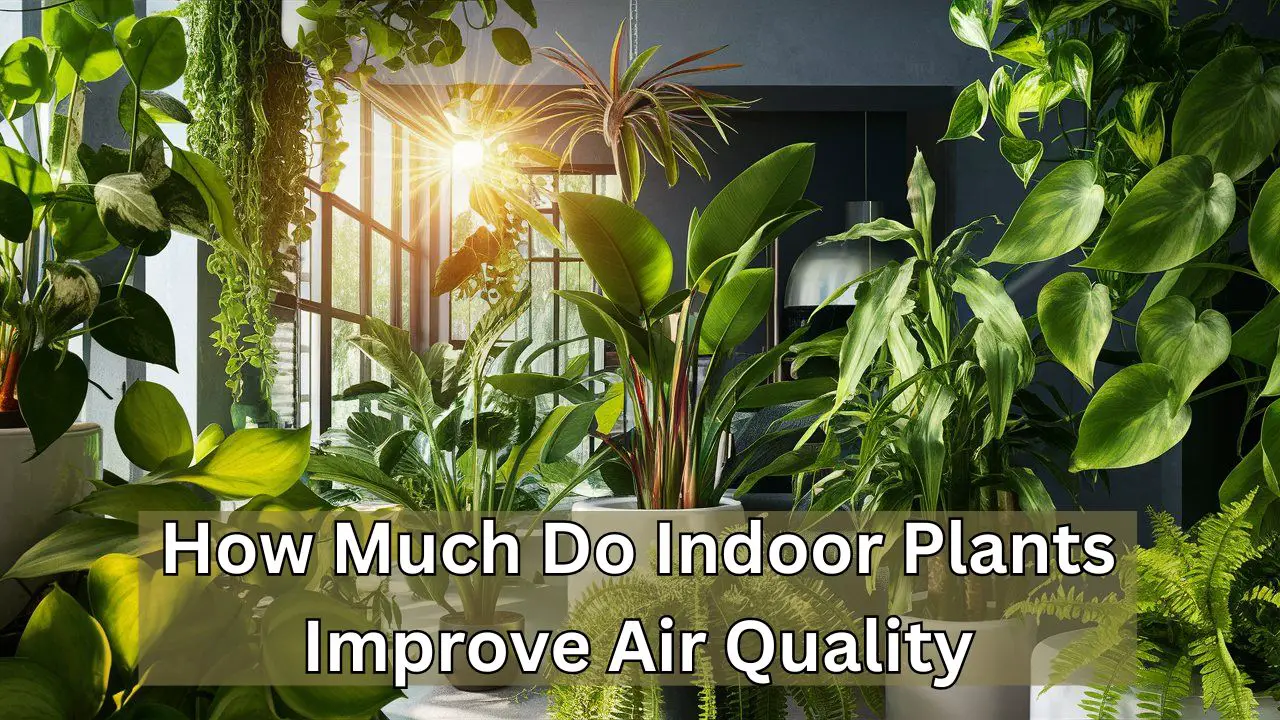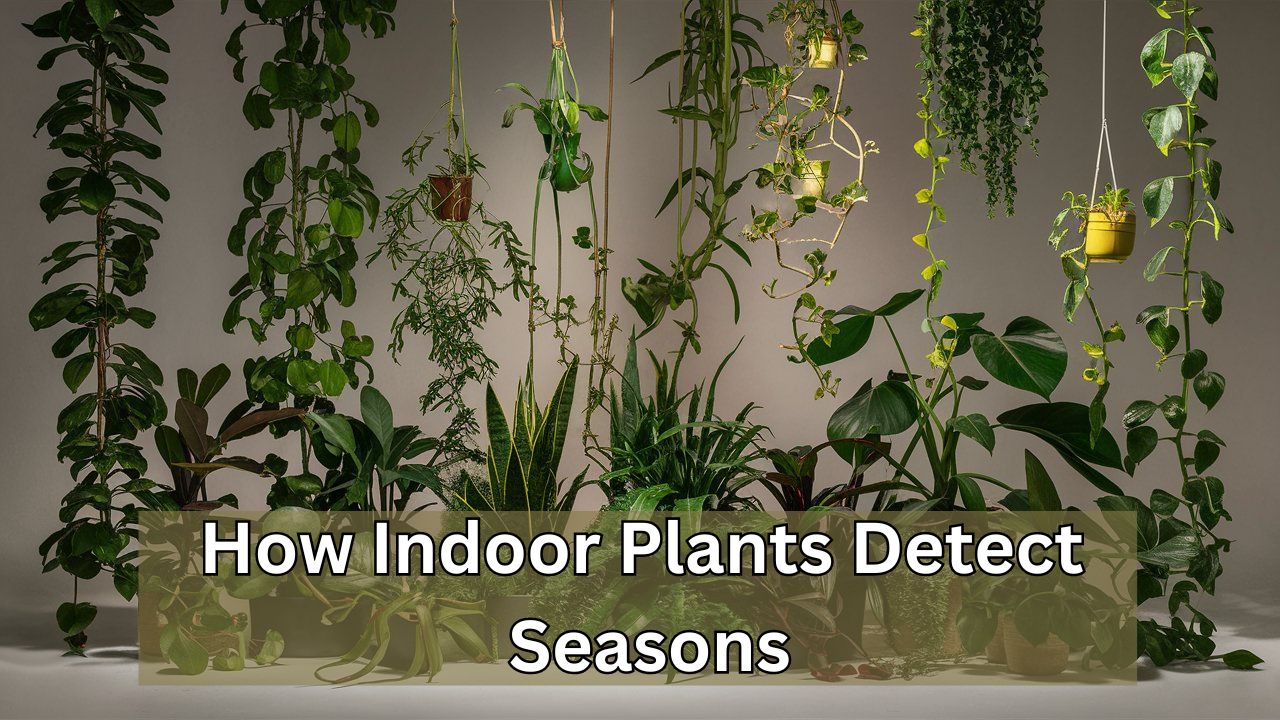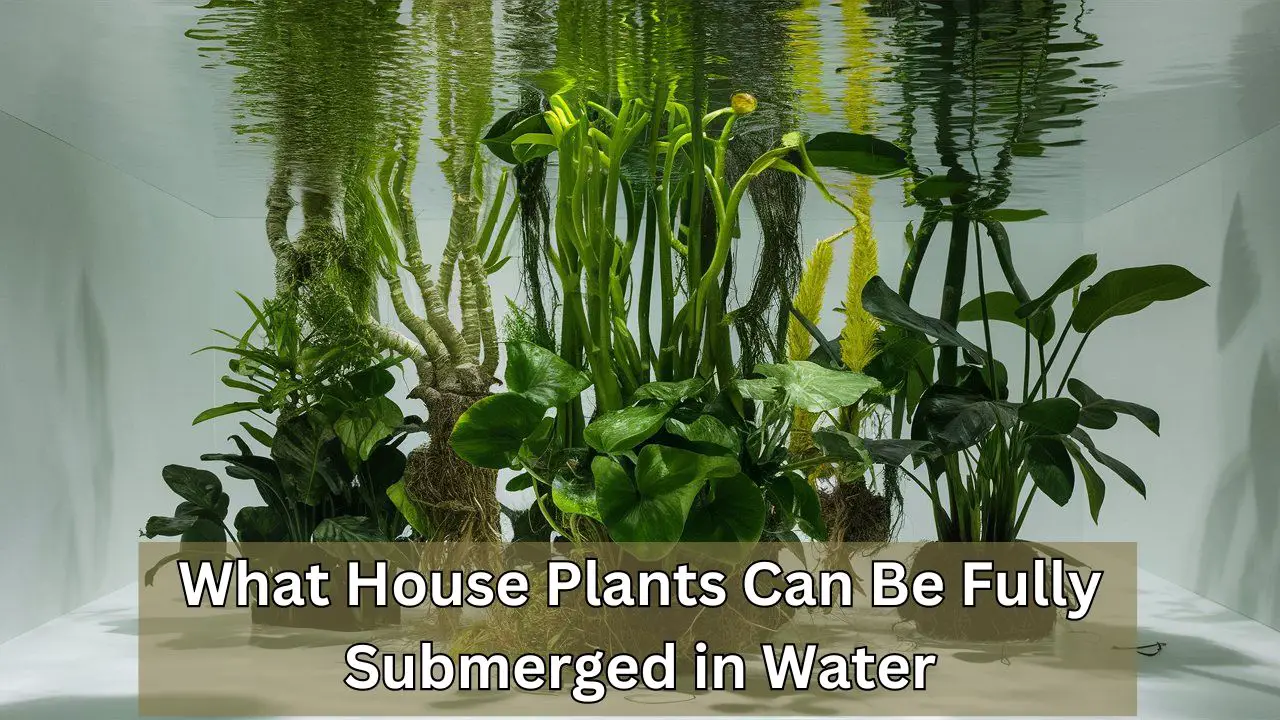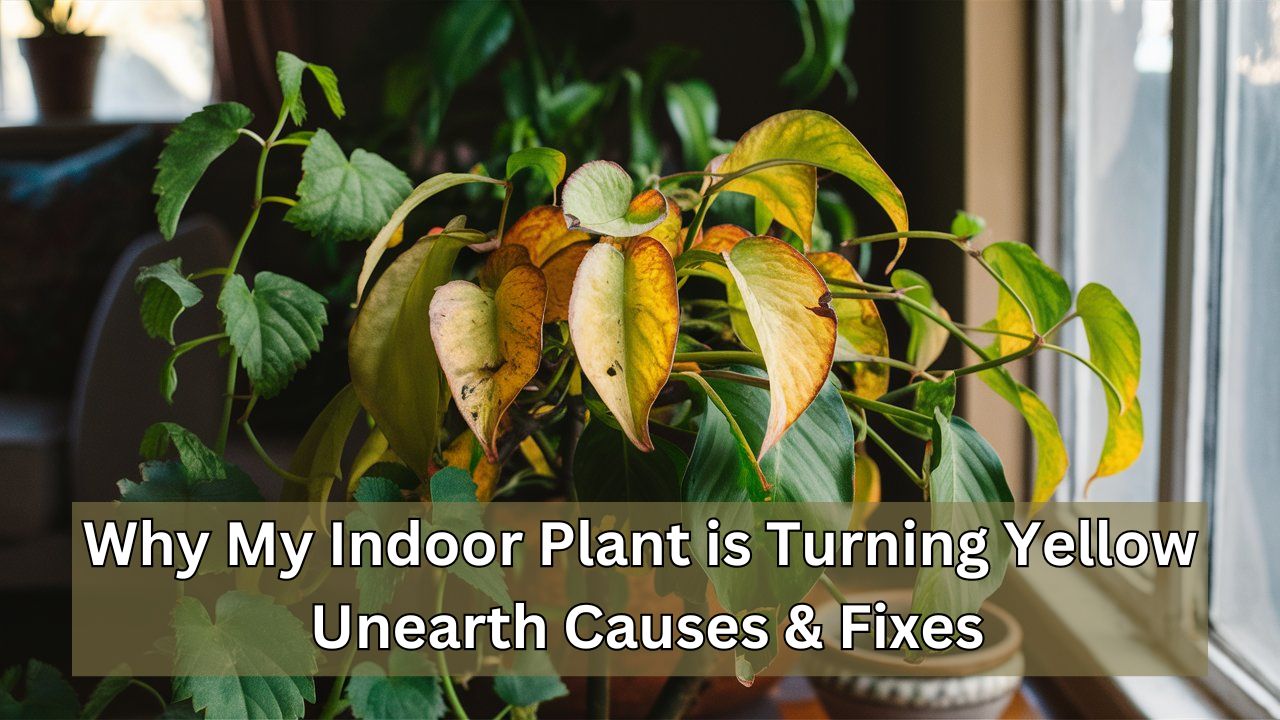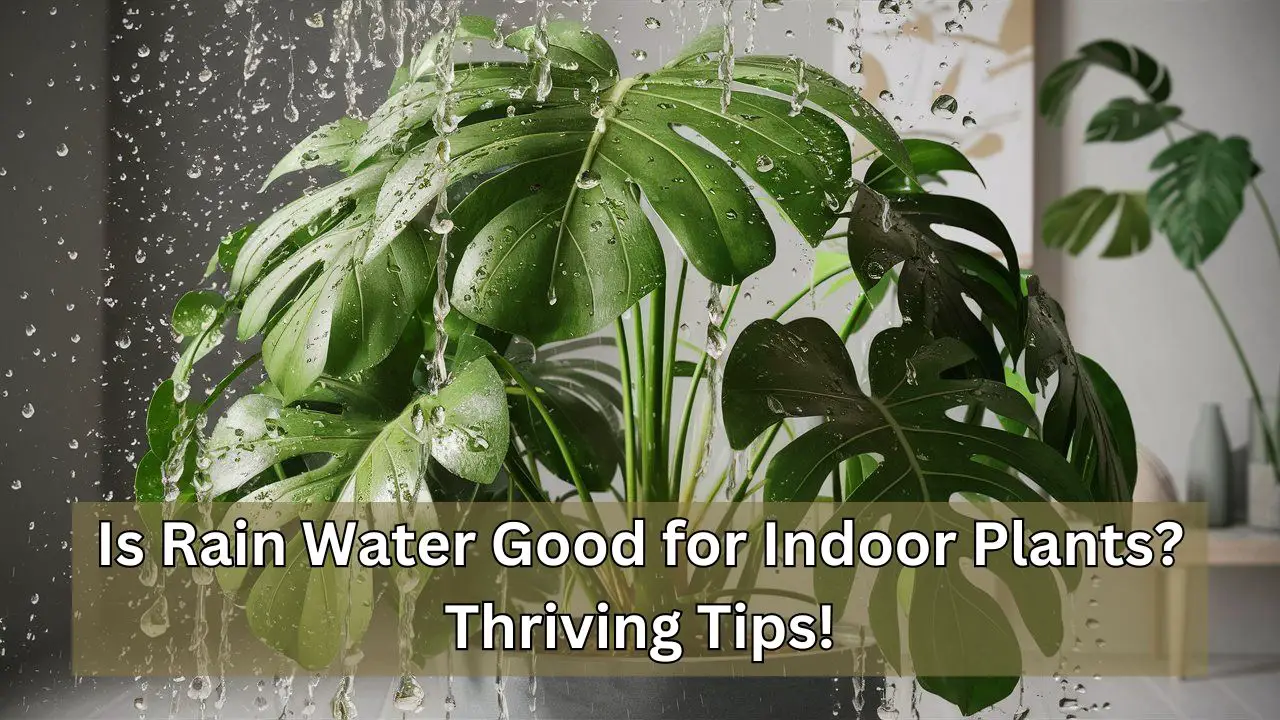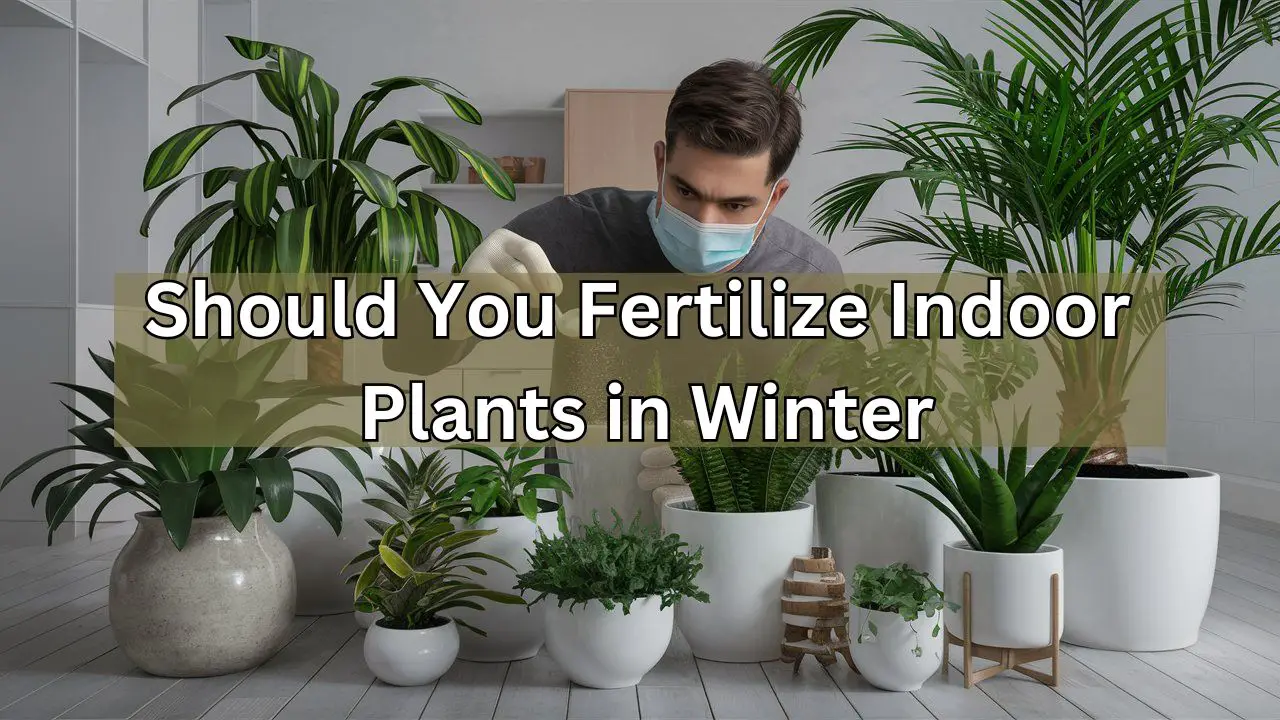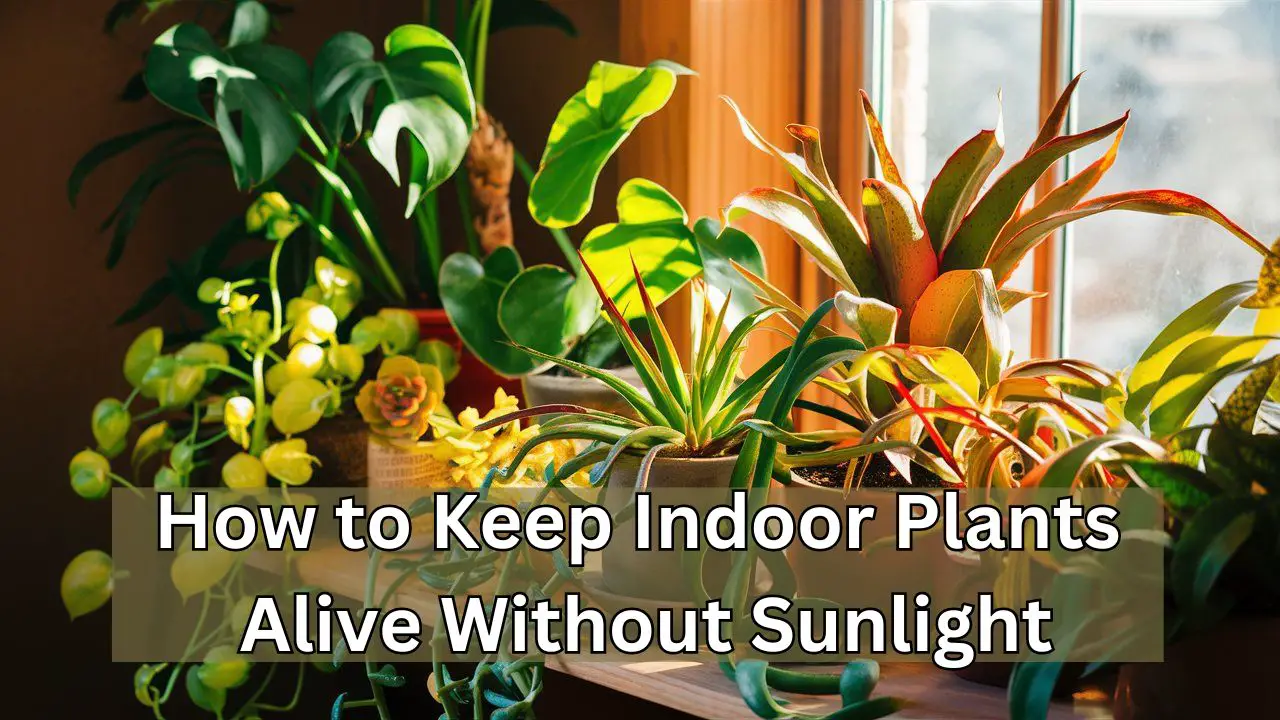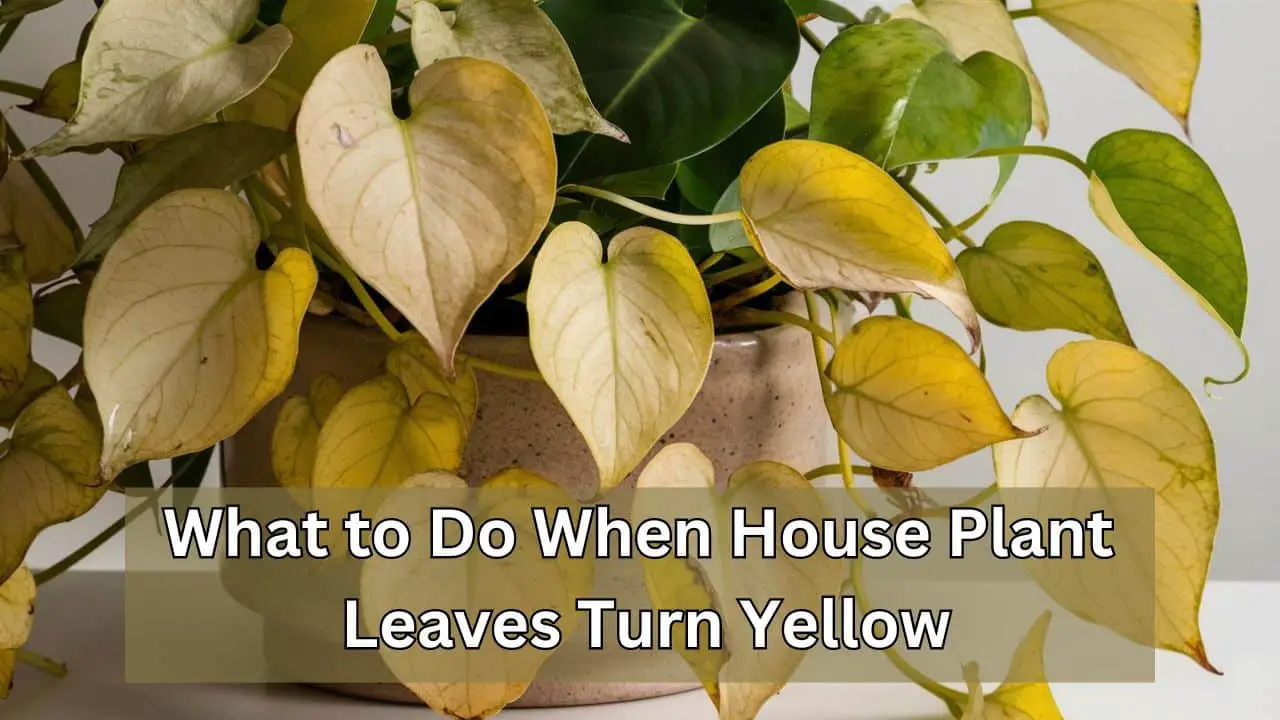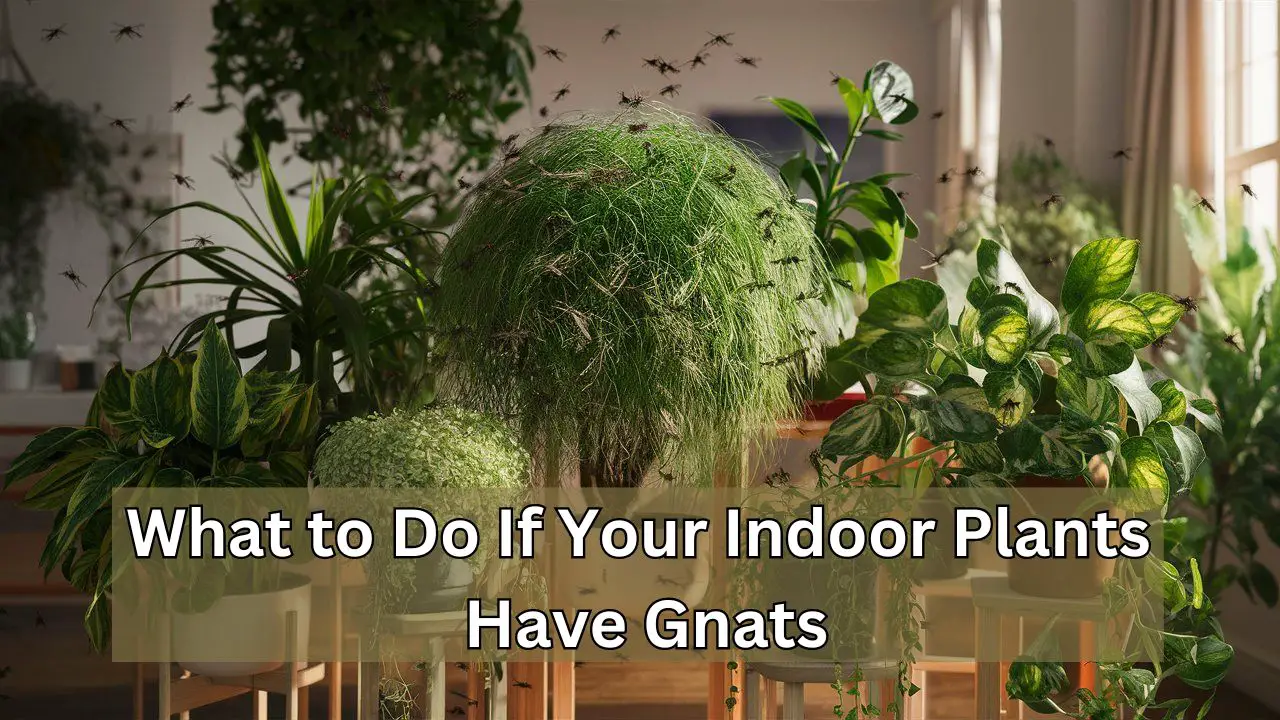Category: Planting
-
How Much Do Indoor Plants Improve Air Quality: Breathe Easy!
Indoor plants can improve air quality by removing toxins and increasing humidity. Their impact, however, is generally minimal in typical home settings. Indoor plants have gained popularity for their aesthetic appeal and potential health benefits. Many people believe that houseplants can significantly improve air quality. While plants do remove some toxins, their overall impact on…
Categories: Indoor Plants -
How Indoor Plants Detect Seasons: Unveiled Secrets
Indoor plants sense the changing seasons through variations in light, temperature, and humidity. These factors trigger their growth and dormancy cycles. Indoor plants, just like their outdoor counterparts, are sensitive to environmental changes. They rely on cues from their surroundings to adapt to different seasons. Light levels, temperature fluctuations, and humidity changes are primary indicators.…
Categories: Indoor Plants -
What Happens When You Put Indoor Plants Outside: Thrive or Die?
Indoor plants may experience shock when moved outside suddenly. This can cause wilting, leaf burn, or pest issues. Indoor plants add beauty and improve air quality in homes. Moving them outdoors can benefit their growth, but it requires careful planning. Outdoor conditions such as direct sunlight, temperature changes, and pests can harm delicate indoor plants.…
Categories: Indoor Plants -
What House Plants Can Be Fully Submerged in Water: Top Picks
Anubias, Java Fern, and Marimo Moss Ball can be fully submerged in water. They thrive in aquatic environments with proper care. House plants that can be fully submerged in water are unique and fascinating. These plants are perfect for aquariums, water gardens, and hydroponic setups. They not only enhance the aesthetics of your space but…
Categories: Indoor Plants -
Why My Indoor Plant is Turning Yellow: Unearth Causes & Fixes
Overwatering or poor drainage often causes indoor plants to turn yellow. Insufficient light or nutrient deficiencies can also be factors. Yellowing leaves on indoor plants can be concerning for plant owners. Understanding the reasons behind this issue is crucial for maintaining plant health. Overwatering is a common culprit, leading to root rot and yellow leaves.…
Categories: Indoor Plants -
Is Rain Water Good for Indoor Plants? Thriving Tips!
Yes, rainwater is good for indoor plants. It contains fewer chemicals and is generally softer than tap water. Rainwater benefits indoor plants by providing them with natural hydration free from added chemicals like chlorine and fluoride, commonly found in tap water. This soft water helps prevent the build-up of salts and minerals in the soil,…
Categories: Indoor Plants -
Should You Fertilize Indoor Plants in The Winter? Unveil the Truth!
No, you should not fertilize indoor plants in the winter. Most indoor plants enter a dormant phase during winter. Indoor plants typically go through a period of dormancy in the winter months. During this time, their growth slows down, and they require less nutrients. Fertilizing them during this period can lead to nutrient buildup in…
Categories: Indoor Plants -
How to Keep Indoor Plants Alive Without Sunlight: Thrive Guide
Use artificial light and select low-light plants to keep indoor plants alive without sunlight. Maintain proper watering and humidity levels. Indoor plants bring life and color to any space. Many people worry about keeping them alive without natural sunlight. The good news is that you can still maintain healthy plants with the right strategies. Selecting…
Categories: Indoor Plants -
What to Do When House Plant Leaves Turn Yellow: Revive Tips
Check the plant’s water and light conditions. Adjust watering and lighting as needed. Yellowing leaves on house plants can be a cause for concern. It often indicates issues with watering, lighting, or nutrient deficiencies. Overwatering is a common culprit, leading to root rot and yellow leaves. Conversely, underwatering can also stress the plant, causing discoloration.…
Categories: House Plants -
What to Do If Your Indoor Plants Have Gnats: Quick Fixes!
To eliminate gnats from indoor plants, let the soil dry out and use sticky traps. Neem oil or hydrogen peroxide can also help. Gnats can be a nuisance for indoor plant enthusiasts. These tiny insects thrive in moist soil and can quickly multiply. Dealing with them promptly is crucial to protect your plants. Besides drying…
Categories: Indoor Plants

